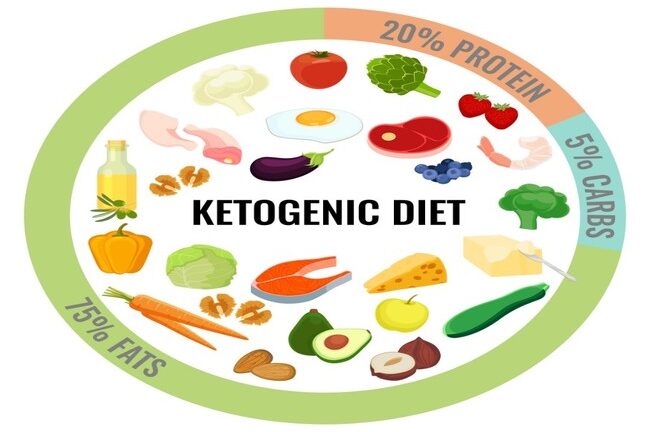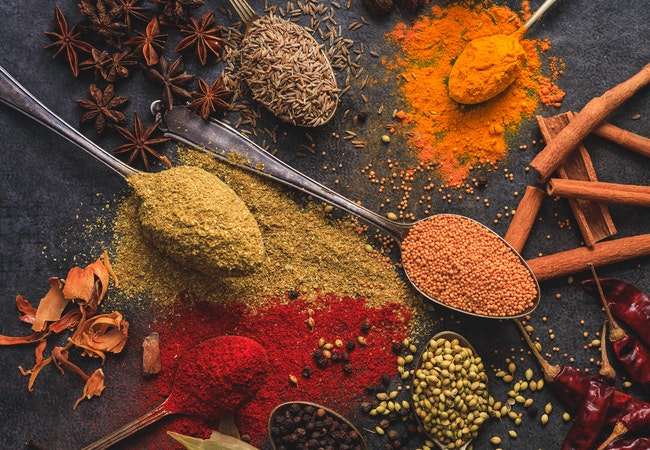What to Eat on Keto Diet & What to Avoid?

The most recommended foods for a ketogenic diet are generally fatty foods, including fish and fish oil. You can eat butter, avocado, egg yolk, sausage, poultry, & vegetables grown above ground.
The primary purpose of a ketogenic diet is to promote the metabolic process. The keto diet builds blood levels when the amount of ketone inside the body increases, and the body enters into a process called Ketosis. In which the human body breaks down the fat to make energy.
You can also eat salmon fish & many other types of fish. If you are allergic to fish or do not like to consume it; then you can take fish oil or fish supplements.
Fresh Meats & Proteins are a Large Part of The Keto Diet Plan
You can eat goat meat, limited chicken, sea food on a keto diet as they all have low-carb.
Lamb & goat meat can also be allowed on this keto diet. Fresh, unprocessed, organic or grass-fed meats are the most recommended.
You can also eat eggs.
Individuals on a keto diet should avoid hydrogenated fat foods such as margarine, as trans-fat intake will have to be minimized. It is advisable to use olives or coconut when cooking with oil.
Natural peanut butter is also a great source of protein, but watch out for hidden carbs.
A better option should be leafy and dark like spinach. These include low levels of carbohydrates and are rich in nutrients.
Hard or soft cheeses are very good for daily consumption. Along with paneer (only full fat), there is also a good protein source in minor amounts, such as walnuts, almonds and macadamia nuts.
Be aware of portion sizes. Cereals, starchy vegetables and many fruits, as they are high in carbs.
Opt for Foods that are High in Carbs
I know, I know !!! High fat, you say?
Seems completely insane.
Just a low-carbohydrate diet is suggested on a keto diet plan. You cannot eat more than 50-60 grams of carbohydrates per day.
50-60 grams of carbs in a single day will produce 200 to 240 calories which is more than enough for your daily life.
To know the benefits of a low-carb keto diet, you must understand how carbohydrates are processed in the human body.
Carbs act as a significant fuel supply and break down into simple sugars before being absorbed into the bloodstream.
Insulin is released due to rising blood sugar levels. Insulin helps glucose enter the cells of the body. Excess sugar accumulates in the liver, muscles, and other tissues and later converts to fat. Eating a low-carb diet lowers insulin levels, allowing the body to burn off any excess fat cap for energy.
Many different foods filled with good carbs are accessible to dieters. Beans or legumes provide an excellent source of protein, with little to no sugar.
You can eat leafy vegetables, Mushrooms, Zucchini, Bell Peppers, and Avocado if you are vegetarian.
Lean meat such as chicken and turkey breast are recommended for meat-eaters. As with any diet, you will get bored eating the same thing in and out of the day. There is a lot more to your ketogenic diet than plain vegetables and meat.
Be creative, don’t be afraid to try new dishes. There are many keto diet plans available online.
My favourite and one I highly recommend is the 14-day keto diet plan by GudHealthTips. There are a lot of ideas to choose from so that no one gets bored with your kitchen.



